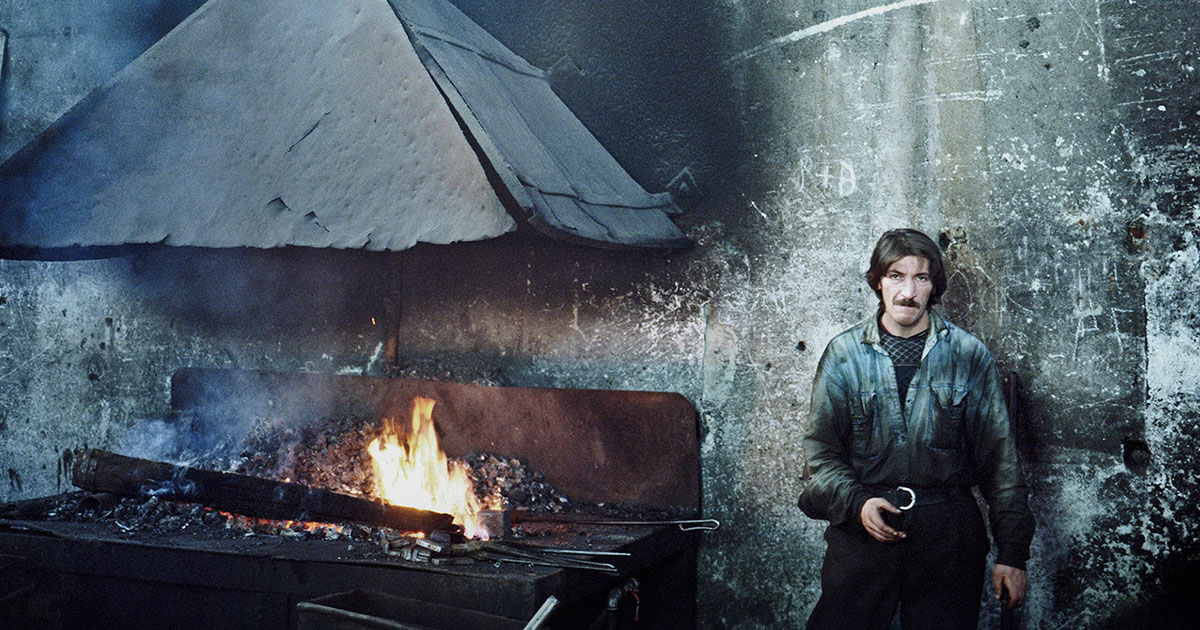Help unravel the untold stories of sisterhood at a former Soviet textile mill in Estonia
Estonian-born, London-based artist Maria Kapajeva is crowdfunding to ensure the community of Narva's historic Kreenholm mill isn't lost to history.
As a child, Maria Kapajeva would frequently accompany her parents to work. The Kreenholm mill, located in Estonia’s third largest city of Narva, was one of the largest textile producers in both the USSR and Europe. During Soviet times, it was the only mill to export fabrics abroad (other Soviet mills produced for the internal market only). She was mesmerised by the printing machine, watching as it coloured swathes of white fabric in extraordinary patterns. “I will never forget that feeling,” the now London-based artist describes. “I can only compare it to years later, when I printed my first photographic image in the darkroom: there is something magical about seeing an image emerge on the paper surface.”
Kapajeva grew up as a “Kreenholm child”, a rather respected title to have in Narva at the time. Like her mother, she wanted to be a textile designer, and would often be found scrawling her own fabric patterns — only her designs featured her childhood heroes, Mickey Mouse and Donald Duck, that made it over the Iron Curtain during perestoika.
The Kreenholm mill employed a large portion of town’s female population. Moreover, it provided all the necessary amenities for locals including hospitals, kindergartens, cultural centres and more. Year-round, the factory also organised regular extra curricular activities and events for kids such as classes, dance and other competitions, festivals, New Year celebrations.
The Soviet Union was a society of staunch workers and the textile industry was among its most successful enterprises. Even so, when the USSR ceased to exist, job security disappeared along with it. Previously, the threat of redundancy and long-term unemployment had been low. Now, whole industries were forced to downsize as the economy acclimatised to capitalism.
The Kreenholm textile mill had been running since the 1850s. It had powered on through the first strikes in Tsarist Russia and the October Revolution, but it did not survive the transition to capitalism. After the USSR collapsed, the only way to keep the factory running was to sell it to a Swedish textile producer. After a long redundancy process that lasted a total of 13 years, the factory was forced to shut its doors in 2009.
“The process was very slow and painful for the town and its community,” says the artist, who has made the closure of the textile mill, as well as the huge unemployment that it caused, the centre of her work since 2014. This was when she first began interviewing former workers, collecting photographs and pattern designs that would come to make the longform multimedia project Dream Is Wonderful, Yet Unclear. Over the years, the Kreenholm textile mill has lived on in Kapajeva’s work in many guises, including archive materials, recreations of her mothers’ pattern designs, a flickering light sculpture, and a video work.
“We are being forced back into the home, back to the kitchen, back to our ‘natural’ destiny. We must not allow this,” cried Alevtina Fedulova the, then chairwoman of the Union of Russian Women, in 1993. In her speech, she voiced frustrations of women across the whole post-Soviet territory at the time. Unemployment rates following the breakup of the USSR were tremendously higher among women than men.
For the workers at Kreenholm, the specialist textile skills they had acquired were not transferable to other jobs. This meant they had to compromise: to train themselves for new skills or to get lower qualified jobs. “When the government realised that the rapidly increasing number of unemployed people was close to economic and social catastrophe, they launched a European training programme for the former workers,” explains Kapajeva.
But while the printed patterns (referred to as a “rapport” in the fashion industry) have made it into Narva Museum’s permanent collection, the experiences of the women that worked at Kreenholm have so far gone undocumented. Kapajeva is determined to preserve their stories. Now, the artist has launched a crowdfunding campaign to weave her series, Dream Is Wonderful, Yet Unclear, together in a dedicated photo book which will be published in three languages — Estonian, Russian and English. She hopes to raise just over £4000 for a limited 600 book run.
The decline of Eastern Europe’s industrial mono-industrial towns has been a recurring subject for local and foreign photographers alike. On The Calvert Journal, we’ve published a dozen stories on Soviet factories that were once at the forefront of innovation. Some of these powerhouses are still running, albeit with a depleted workforce: these include Fyodor Telkov’s series on Uralmash in Russia, and Ryan Koopman’s photos of the Zestafoni factory in Georgia. Yet many, like Kreenholm, suffered a less fortunate fate. And while the photography world is certainly not short of beautiful books of post-communist ruins, there is a strong need for stories of Soviet and industrial history from a woman’s point of view.
As Kapajeva puts so urgently: “I was brought up with the books where the majority of stories were told by men about other men. Most of the heroes in the fairy tales or books I read were male. Women appeared only as secondary characters, and their role was to help guide and inspire the main protagonist. As an artist, I really wanted my protagonists to be women. I really believe that women’s stories haven’t been told enough, especially those who lived through these times of transition and survived.
“Women were the first who were fired in the workplace, even though they were the ones who had to take care of their families, kids and husbands. They are the ones who were forced to take less qualified jobs, who often worked multiple jobs, who also carried the ‘double-burden’ of cooking, cleaning and taking care of the family on top of their salaried jobs, which were less paid than men’s. They are heroines, and their life experience is unique and valuable for us all.”
To find out more about Dream Is Wonderful, Yet Unclear and to help fund the project, visit the crowdfunding site. The pre-sale campaign runs until 20 March.
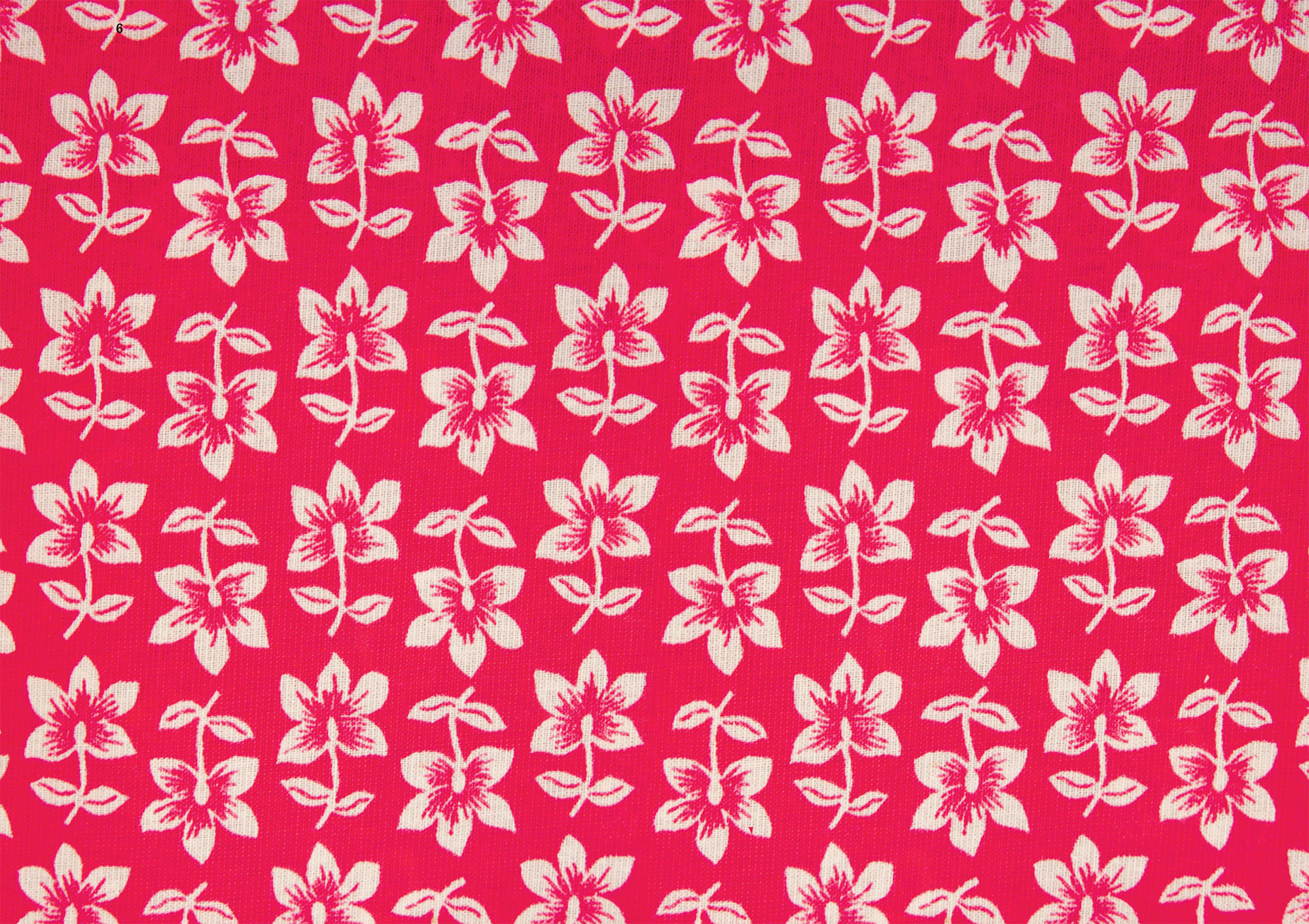
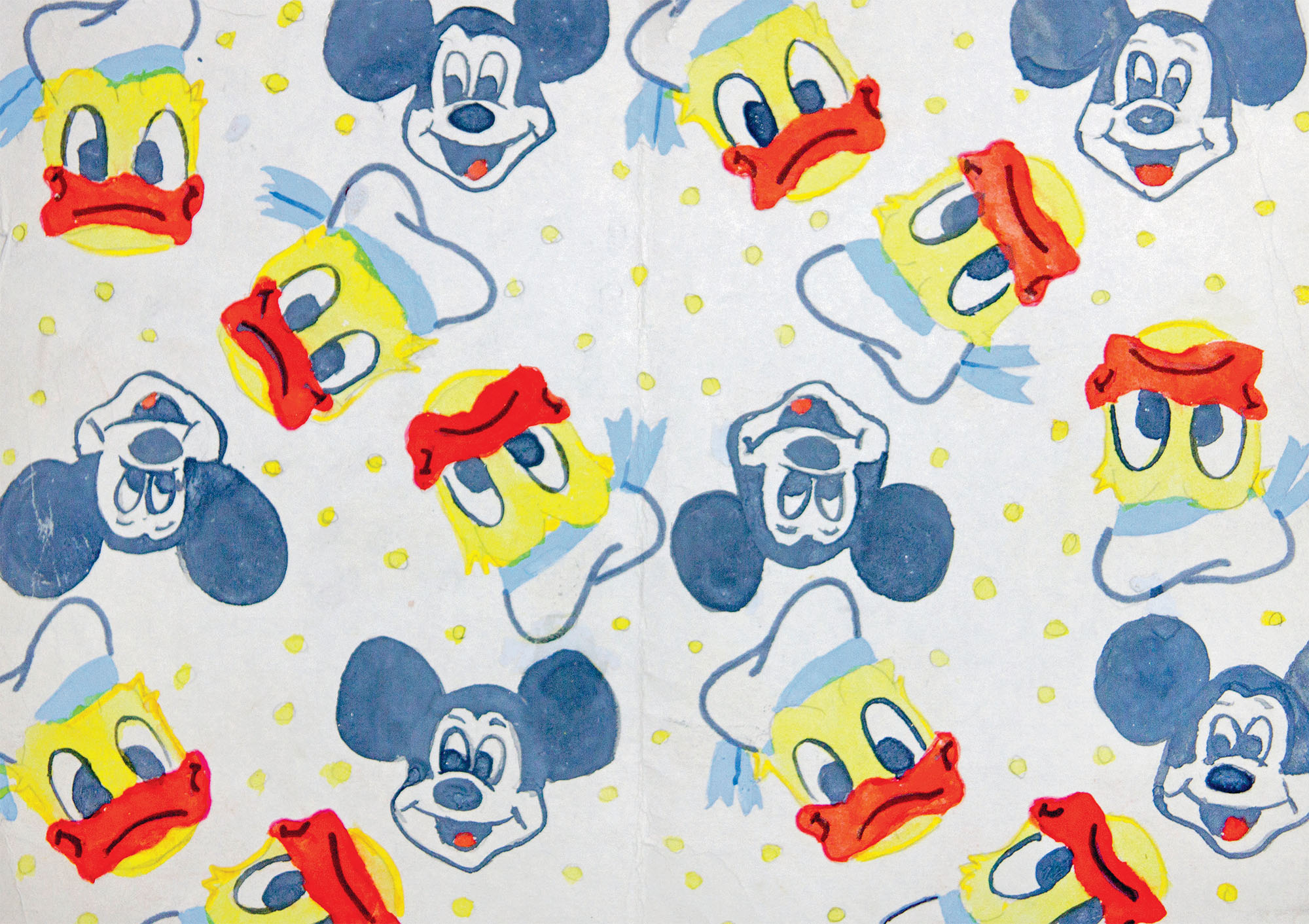
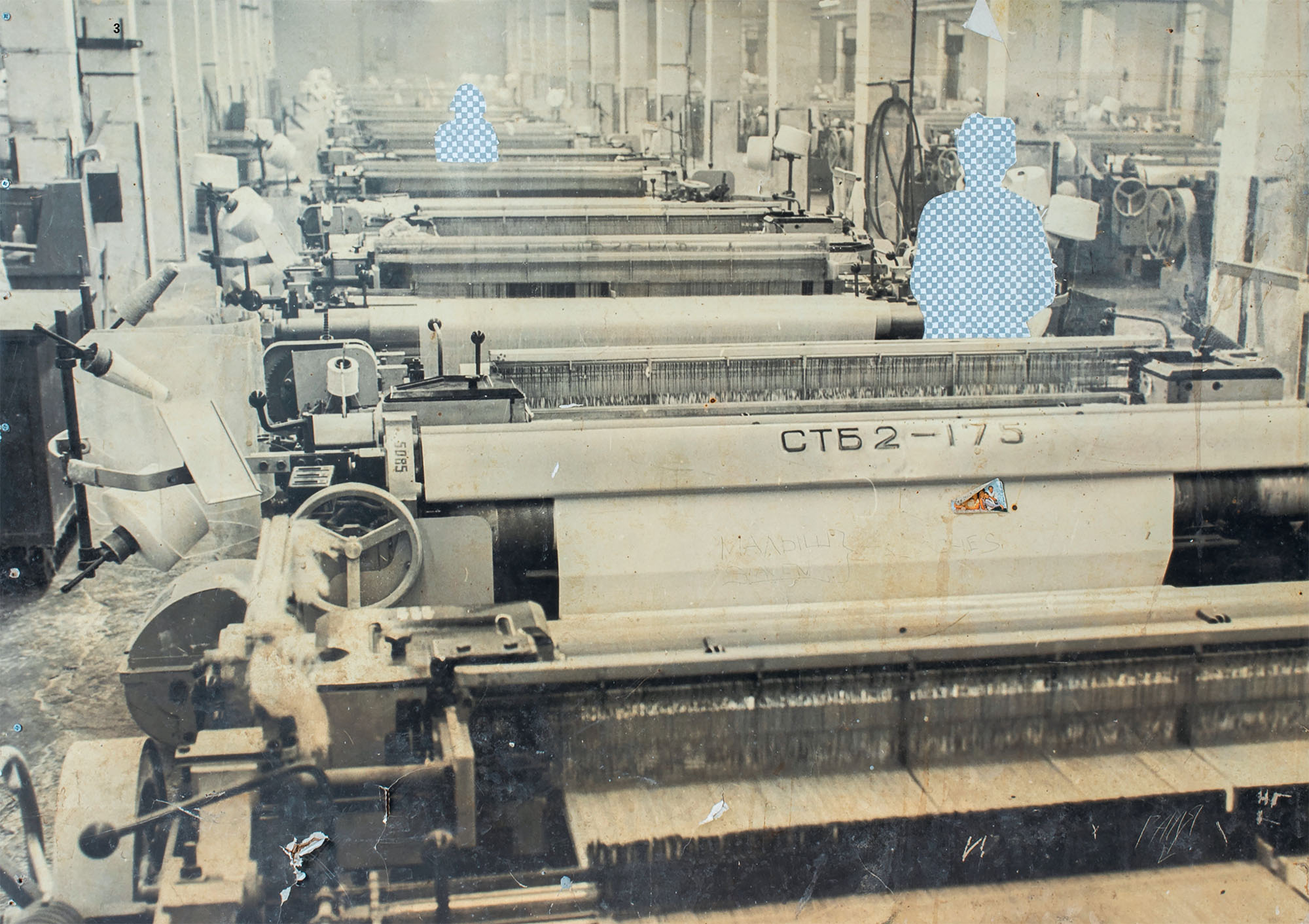
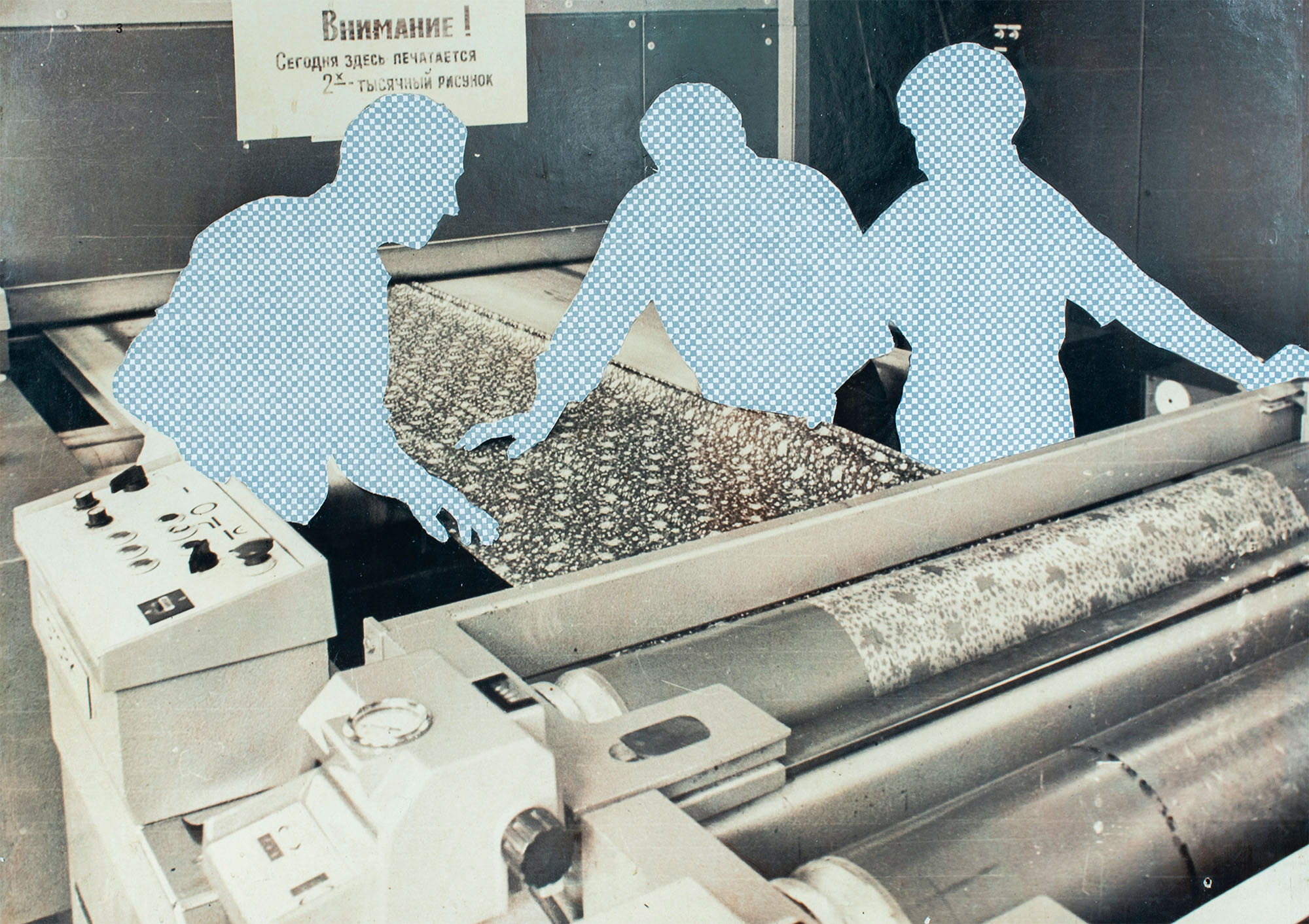
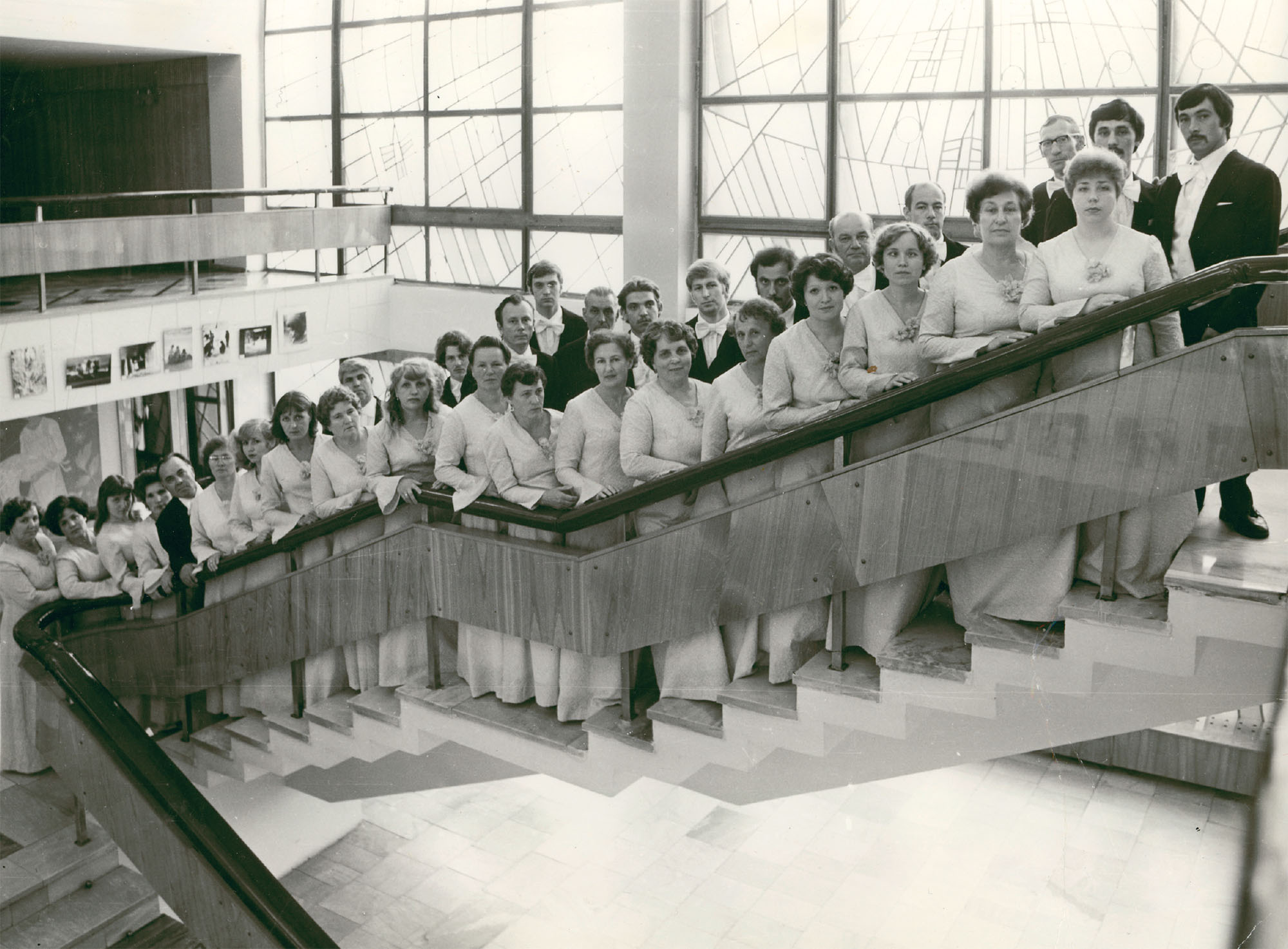
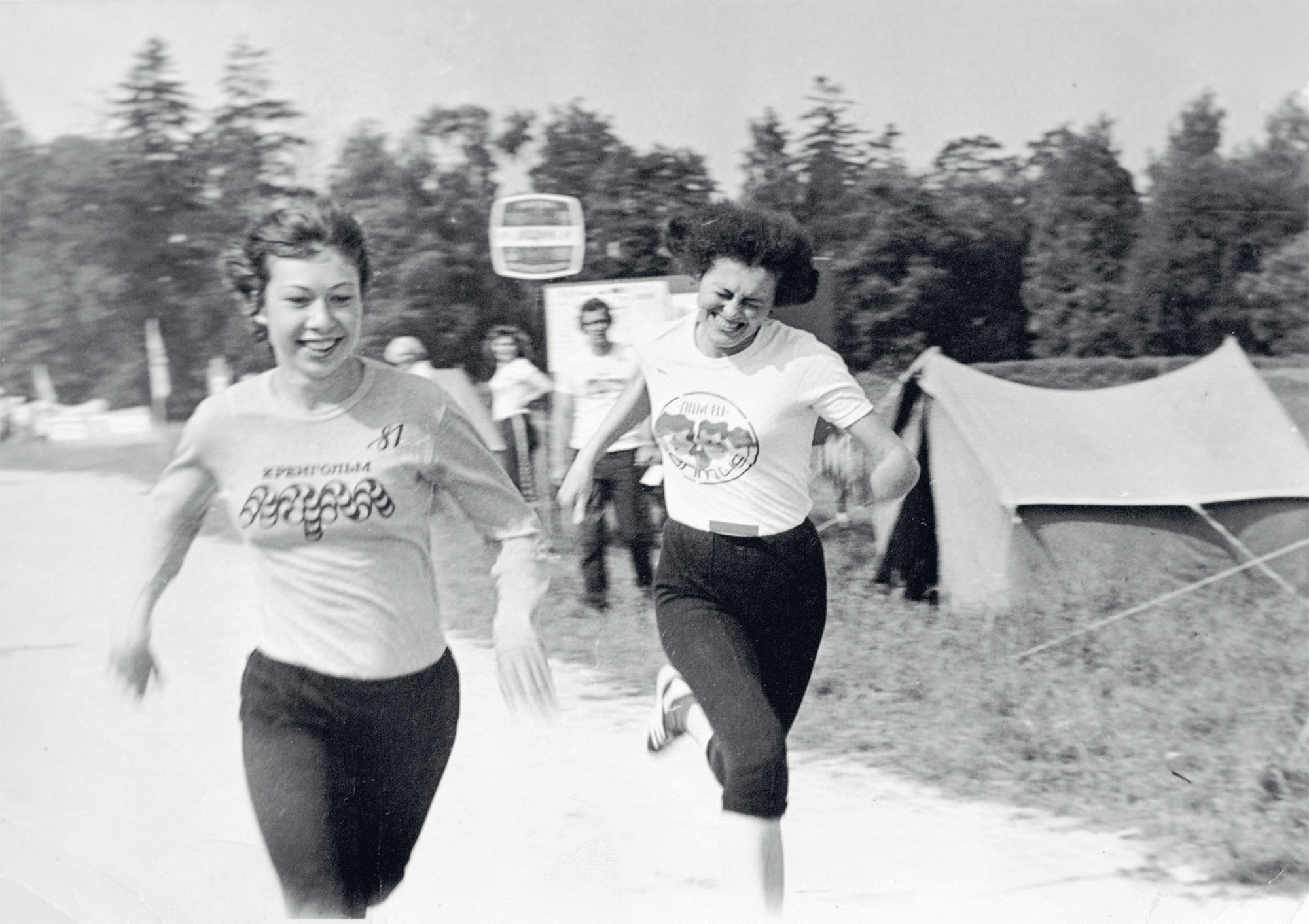
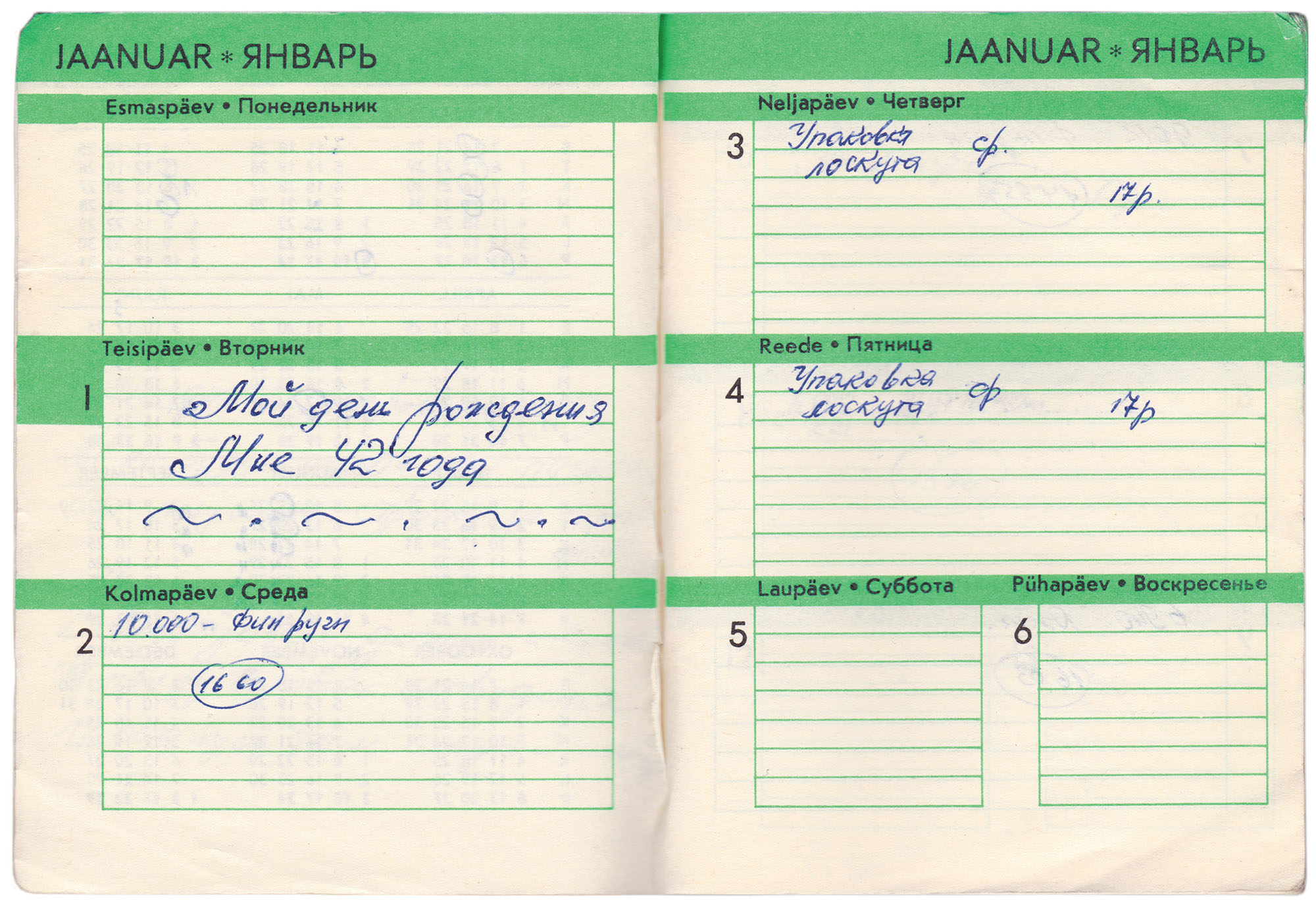
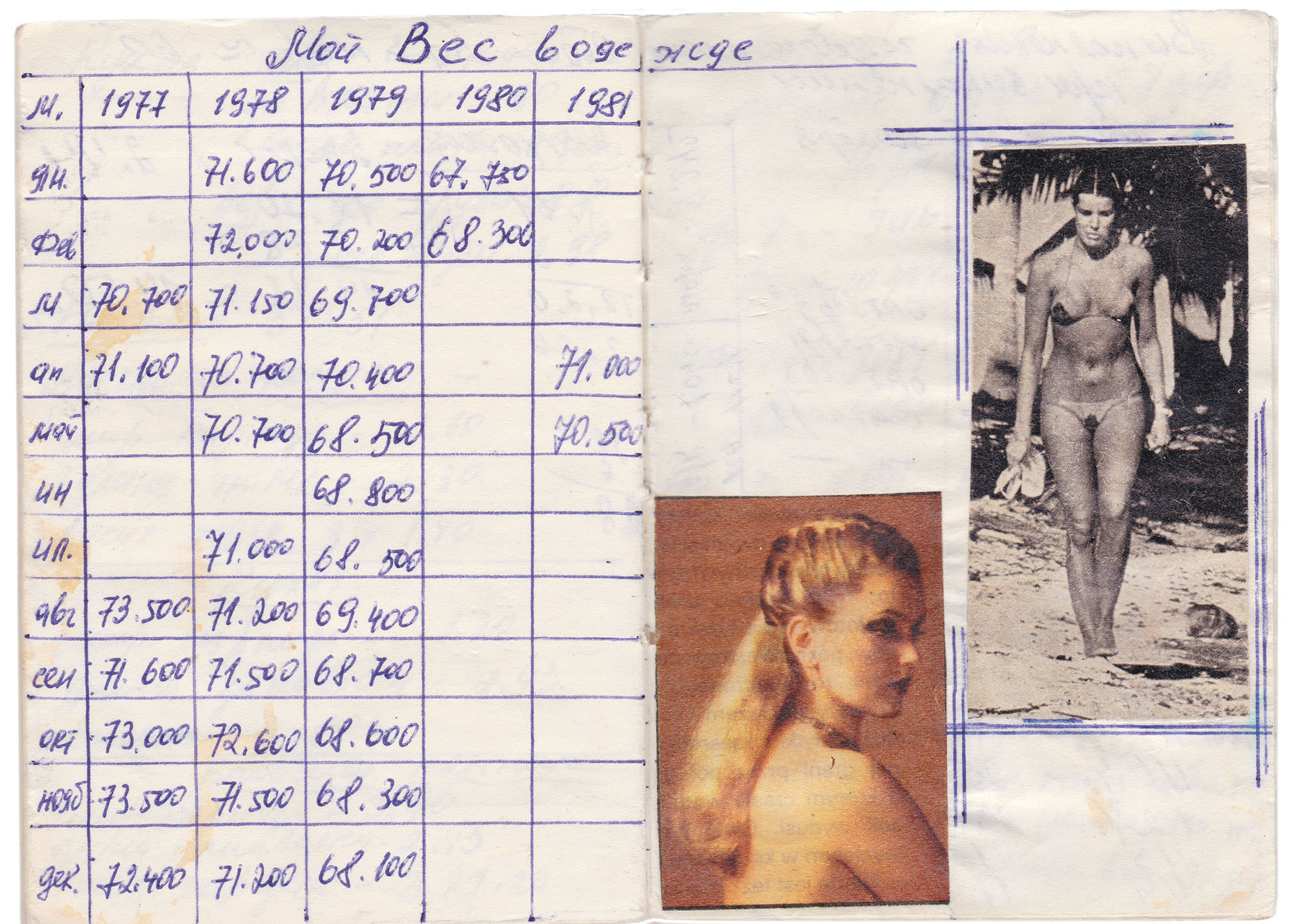
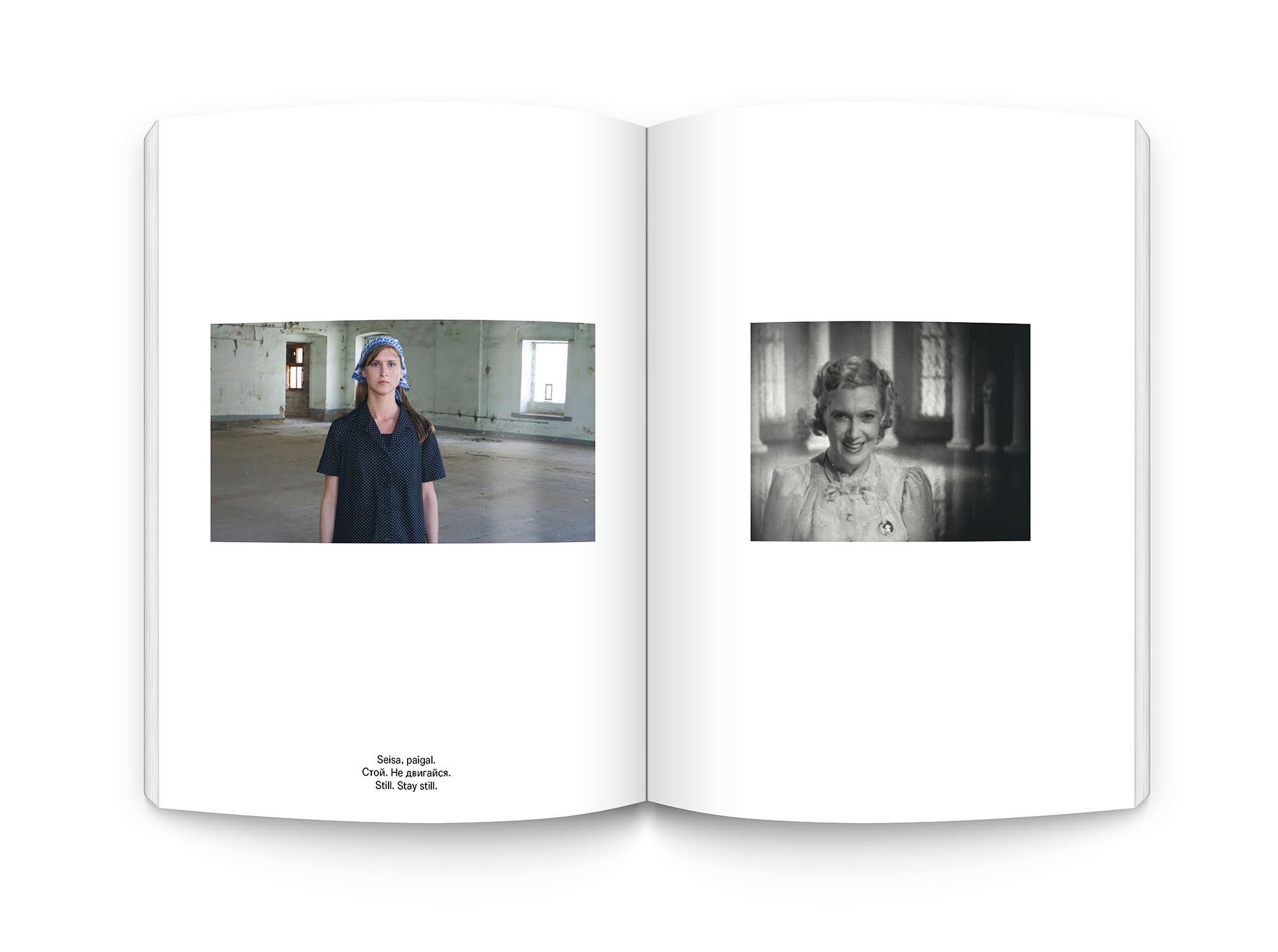
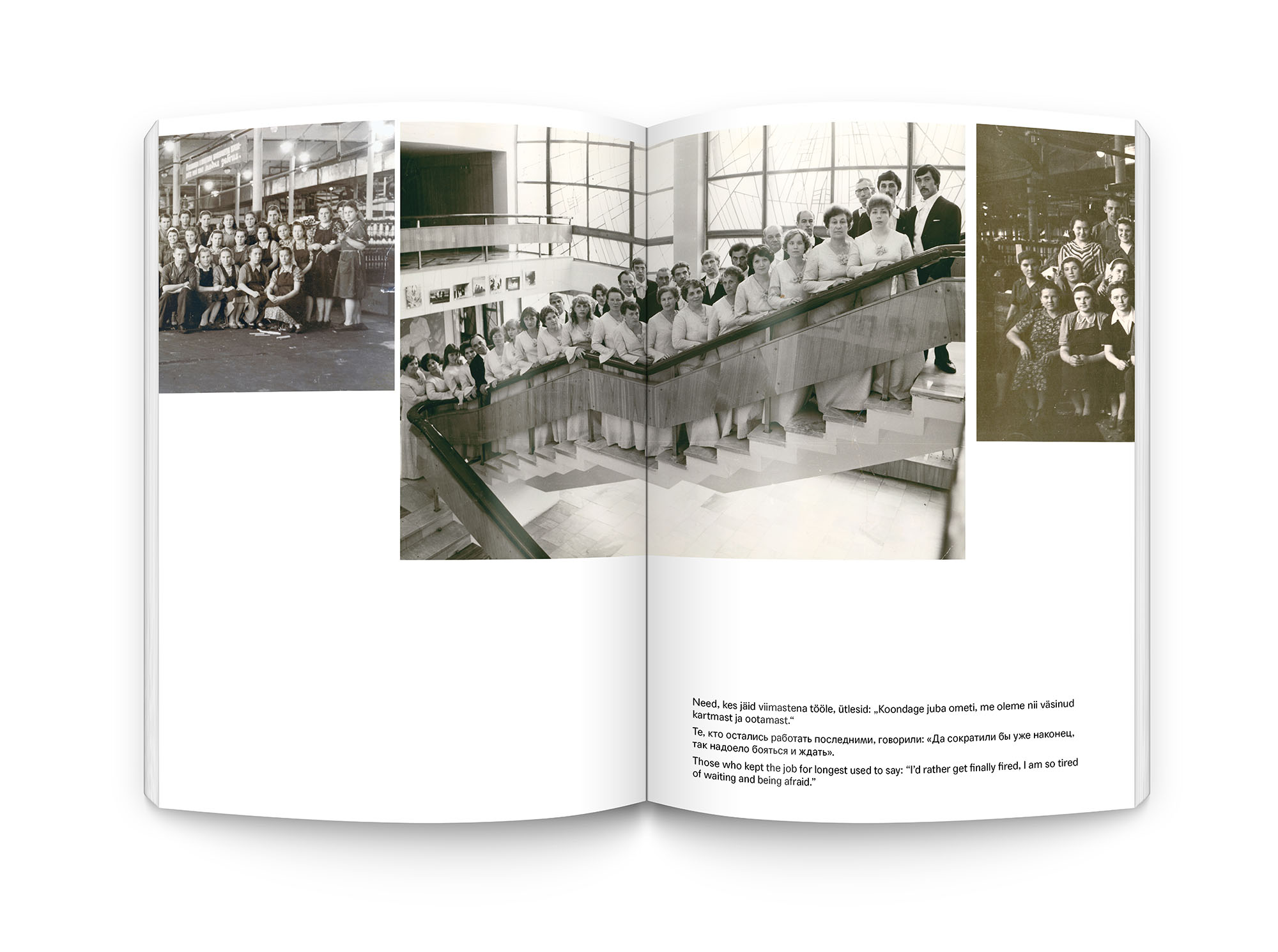
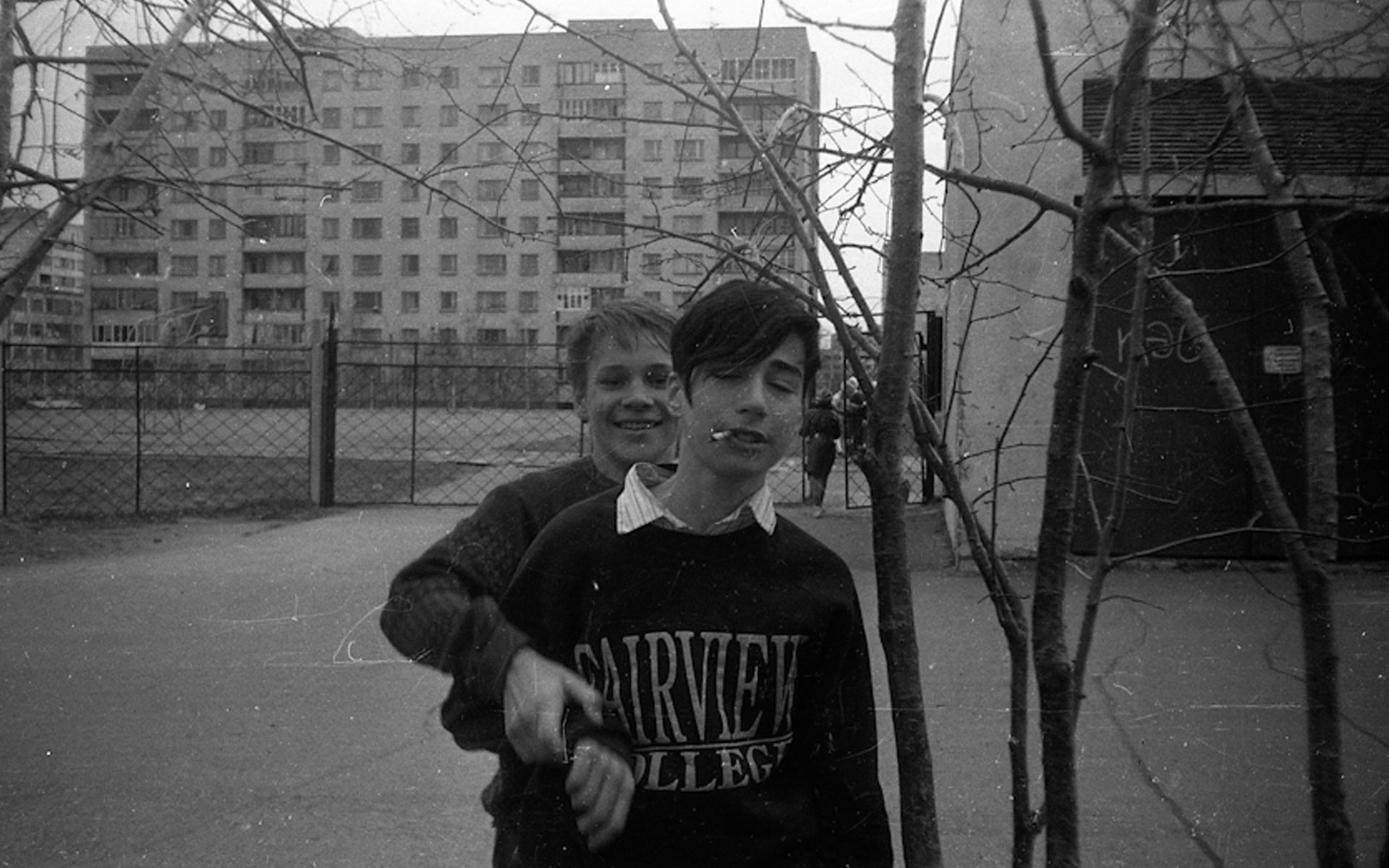
_thumbanil2.jpg)
